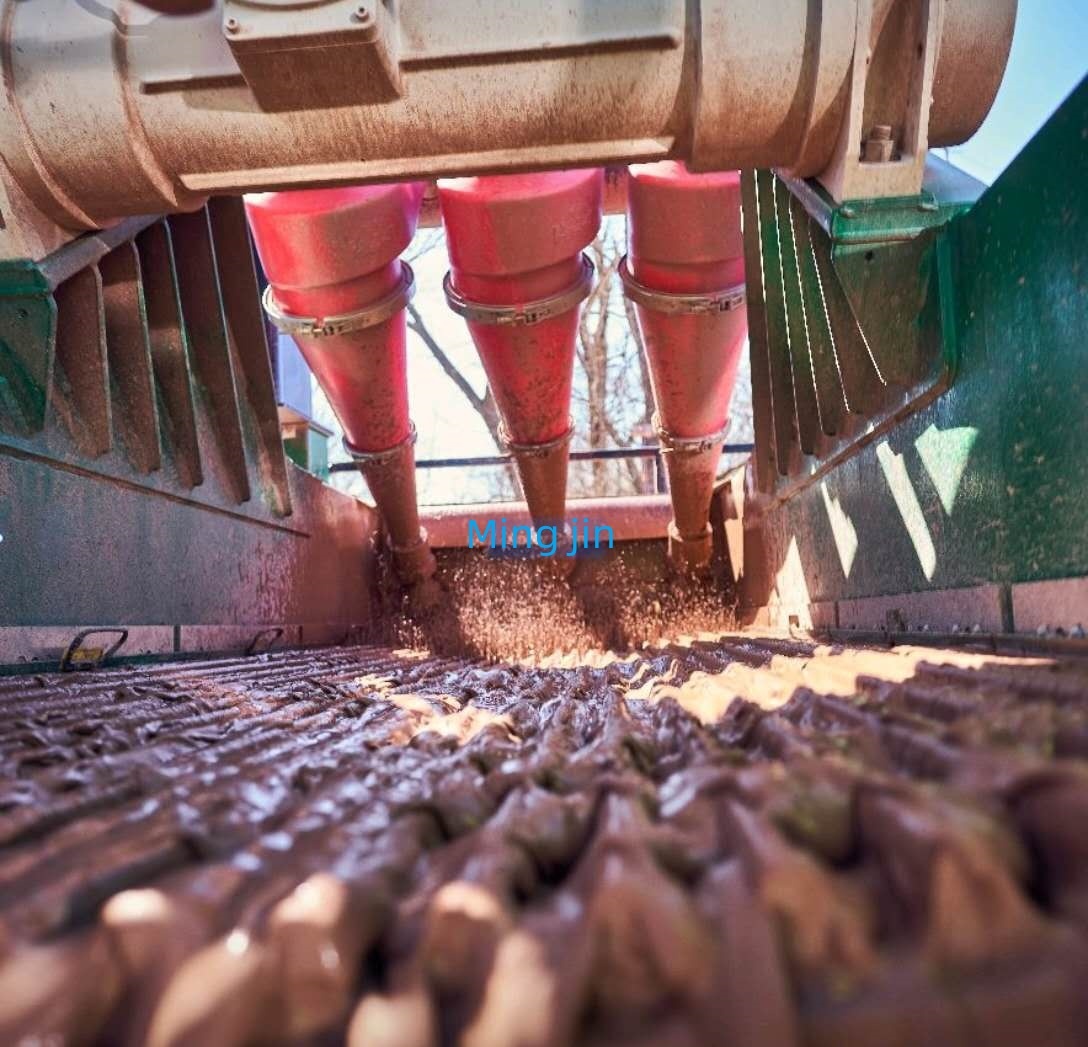"Understanding the Manufacturing Process of Industrial Rubber Hoses"
May 05,2025
Understanding the Manufacturing Process of Industrial Rubber Hoses

The manufacturing of industrial rubber hoses is a complex process that combines advanced technology with skilled craftsmanship. These hoses are essential in various industries, including automotive, construction, agriculture, and chemical processing, where they serve crucial functions such as transporting fluids, gases, and other materials. Understanding the manufacturing process can provide valuable insights into the quality, durability, and performance of these products.
Raw Material Selection
The first step in the manufacturing process of industrial rubber hoses is the selection of raw materials. The primary material used is rubber, which can be natural or synthetic. Natural rubber is derived from the sap of rubber trees, while synthetic rubber is produced through chemical processes. The choice between these materials depends on the specific application of the hose, as different types of rubber offer varying properties such as flexibility, resistance to heat, chemicals, and abrasion.
In addition to rubber, manufacturers may incorporate various additives to enhance the performance of the hoses. These additives can include carbon black for reinforcement, antioxidants to prevent degradation, and plasticizers to improve flexibility. The precise formulation of the rubber compound is critical, as it directly affects the hose's durability and performance under different conditions.
Compounding
Once the raw materials are selected, the next step is compounding. This process involves mixing the rubber with additives in a specific ratio to achieve the desired properties. The compounding process is typically conducted in large mixers, where the materials are blended at high temperatures and pressures. This ensures a uniform distribution of additives throughout the rubber matrix.
Compounding is a crucial step, as the final properties of the rubber hose are determined during this phase. Manufacturers must carefully control the mixing process, as an improper formulation can lead to issues such as reduced strength, poor flexibility, or premature failure of the hose.
Extrusion
After compounding, the rubber compound is ready for extrusion. Extrusion is a process that shapes the rubber into the desired form by forcing it through a die. This method allows for the production of hoses with consistent diameters and wall thicknesses. The extruded rubber is typically cooled and cut into lengths suitable for further processing.
During the extrusion process, manufacturers can also incorporate reinforcing materials, such as textile or steel wire, into the hose. This reinforcement is essential for applications that require additional strength and durability, such as high-pressure or heavy-duty hoses. The type and arrangement of the reinforcement can vary depending on the specific requirements of the hose.
Curing (Vulcanization)
The next critical step in the manufacturing process is curing, also known as vulcanization. This chemical process involves heating the extruded rubber in the presence of sulfur and other curing agents. The heat initiates a reaction that forms cross-links between the rubber molecules, resulting in a more robust and elastic material.
Curing is essential for enhancing the mechanical properties of the rubber, such as tensile strength, abrasion resistance, and elasticity. The duration and temperature of the curing process must be carefully controlled to ensure optimal results. Insufficient curing can lead to a weak hose, while excessive curing can cause brittleness.
Testing and Quality Control
Quality control is a vital aspect of the manufacturing process. Once the hoses are cured, they undergo rigorous testing to ensure they meet industry standards and specifications. Common tests include pressure testing, leak testing, and tensile strength testing. These tests help identify any defects or weaknesses in the hoses before they are shipped to customers.
In addition to functional testing, manufacturers also conduct visual inspections to check for surface defects, inconsistencies in diameter, or other issues. Quality control measures are crucial for maintaining the reliability and safety of industrial rubber hoses, as failures can lead to costly downtime and potential hazards in the workplace.
Finishing and Packaging
After passing quality control, the hoses undergo finishing processes, which may include cutting to specific lengths, adding fittings or connectors, and applying protective coatings. These finishing touches ensure that the hoses are ready for their intended applications and meet customer specifications.
Once the finishing is complete, the hoses are carefully packaged for shipment. Proper packaging is essential to prevent damage during transportation and storage. Manufacturers often use protective wrapping and sturdy boxes to ensure that the hoses arrive at their destination in optimal condition.
Conclusion
The manufacturing process of industrial rubber hoses involves a series of intricate steps, from raw material selection to final packaging. Each phase plays a critical role in determining the quality and performance of the hoses. By understanding this process, industries can make informed decisions when selecting hoses for their specific applications, ensuring they choose products that will meet their needs for durability, reliability, and safety. As technology continues to advance, the manufacturing of industrial rubber hoses will likely evolve, incorporating new materials and processes to further enhance performance and efficiency.
Key words:


